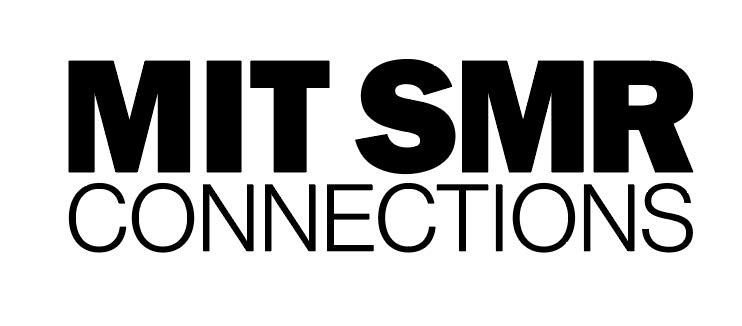To create a productive workforce with low turnover and encourage a more collaborative environment, companies are permitting a new type of work-life balance.
Dena Soukieh is a UX designer in New York at one of the world’s largest tech firms. She’s also one of three leads in the company’s Culture Club, an “extracurricular” that coordinates small get-togethers for crocheting or holiday cookie decorating—a simple way to decompress with colleagues during the workday.
When everyone was in the office, these events were like pop-ups, with ten or so people dropping by when they could. But after the company went remote in the spring of 2020, interest in the Culture Club exploded. Dozens signed up, eager to reconnect with coworkers outside of meetings. One virtual ceramics class, in which the company delivered clay and tools to participants, had openings for 375 people—all of which were filled, leading to a long waiting list.
The Culture Club falls under the company’s umbrella of workplace wellness, and serves to bolster employee spirit and retention. “It keeps people happy and creates a good, positive culture,” says Soukieh. “It feels like our company is investing in you as a person, not just a worker bee, and people will stay because of that.”
In the future, when remote work becomes the standard for most white-collar employees, programs like these that foster community and well-being—even among those who work at home—will be an increasingly important part of managerial responsibility.
“Employers tend to assume they’re the most important thing going on in someone’s life,” says Aimee Daramus, a clinical psychologist in Chicago. “Work is important. But employers should create hybrid policies that recognize people have relatives, pets, and illnesses that need to be taken care of. Use this new flexibility to figure out a situation in which there are expectations for quality of performance but also time for families, hobbies, fitness routines, and everything else that keeps people well.”
The fundamentals of work-life balance
Creating an office culture that’s supportive, collaborative, and inclusive fosters creativity and strengthens connections among teams, ultimately enhancing the company’s bottom line. But the primary reason to emphasize well-being is more straightforward than that: Employees are demanding it. After decades of high-pressure corporate culture, workers across industries are insisting on more time off for parenting, volunteer activities, and mental health. What the pandemic proved was that virtual offices and working from home, far from being tools to achieve workplace wellness, can result in an always-on mentality. It’s up to companies to prioritize employees.
One transition many are experimenting with is moving away from a time-based work model to a project-based one. Employees are expected to complete tasks within a reasonable time frame. How they do so is up to them. With a manage-yourself approach, people can attend to their life needs on their own schedule, which makes for happier workers; it also sets clear expectations, which can lead to more balanced workloads and less burnout, the primary cause of high employee turnover.
The idea is considered sacrilege by those who hew to traditional management styles, but supervisors are finding that in project-based office cultures, employees are often more productive. There are many reasons for this. Peoples’ focus peaks at different times of the day, and that might not coincide with normal business hours. With a project-based model, individuals can work when they’re most efficient and when it suits their schedule. A side benefit of this model is that it tends to cut down on unnecessary meetings dedicated to checking in on where people are in a project. When employees have to work a little harder to get together remotely, they tend to make the time count.
In addition, employees with flexible workdays say they’re more productive. In an Organizational Dynamics survey of remote workers, “over 70% of respondents say their new work environment has given them more freedom or creativity in how they do their job,” and “nearly half feel the use of online platforms has improved their job satisfaction and productivity.”
Baking flexibility, autonomy, and appreciation for employees into a company’s busines ethos can do wonders for recruitment, too. “In addition to traditional compensation, new generations joining the labor market are more interested in jobs that respect their spare time, offer them the possibility to practice sports, improve their training, or give them a chance to increase social welfare,” according to a 2020 study. “Nowadays, workers look for incentive policies and benefits that allow them to be happier, beyond simply caring for their salary,” the study points out. “In other words, societies are increasingly concerned about work-life balance, personal well-being, and job satisfaction.”
Boosting wellness in a remote-work future
The trick going forward, of course, is to make sure that companies or managers aren’t putting extra pressure on hybrid or remote employees, eroding their well-being. Forcing employees to constantly keep their cameras on, or tasking IT with snooping their computer screens, leads to mistrust and borders on the Orwellian, especially when rules are ambiguous, Daramus points out. This is one example of poor management that has fallout of its own: low morale, antagonism, and drops in creativity and productivity. While workers traditionally have had little recourse, the dynamic changes when the labor market gets tight and people can easily move to a new job somewhere else.
Where will those valuable employees go? To companies that have a reputation for worker autonomy, along with meaningful perks. Catered lunches aren’t going to cut it anymore; finding creative ways to invest in employees—such as wellness programs, both remote and in-person—is a great reputation builder. It signals that a company cares and knows how to foster creativity. Because extracurricular programming increases productivity and retention, it’s reasonable to expect it on company time. And despite the assumptions of some bosses, it turns out that the vast majority of people don’t shirk responsibility in lieu of activities. Even if it involves an hour or two away from their desks a couple of times a month, people still get their work done.
Soukieh says that her regular responsibilities combined with leading Culture Club means that she gives her company “120 percent of my time.” Still, not many places encourage you to share your passions with your colleagues, and even fewer pay you to do it on company time. That’s why, even though Soukieh and her coworkers are still remote—and are likely to be indefinitely—she has never felt more connected.“Remote work and Culture Club have introduced me to far more fellow employees than in-person events ever did,” says Soukieh. “Without that encouragement from the top, it never would have happened.”





